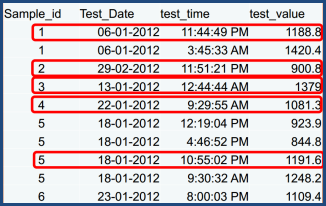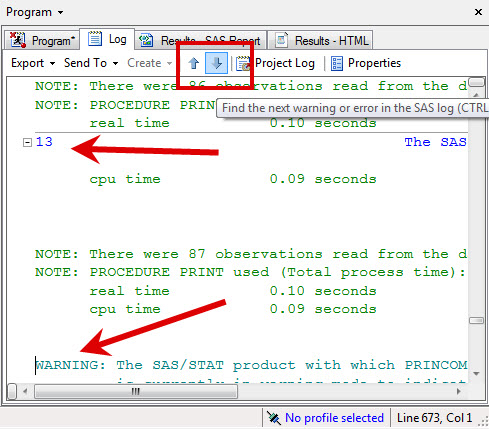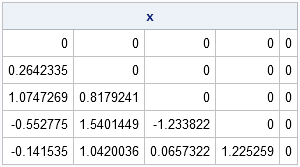All Posts

Detecting and preventing fraud isn't easy. Many tools and techniques are required, and while the digital age and advanced technologies have made fraud much easier in many ways, those same technologies have opened up new ways to combat it. One of those comes in the form of social network analysis,

Chris Hemedinger is not the only person who’s excited about the capabilities of SAS Enterprise Guide. Tom Miron, from Systems Seminar Consultants, a SAS author with more than 35 years of SAS experience, shared some great advice for using SAS Enterprise Guide.

Dear Miss SAS Answers, I have read through a few Dear Miss SAS Answers blog posts, but I cannot seem to find what I am looking for. I need to extract only the second duplicate from a whole list of duplicates per account number. Is there a way to

There are five short, simple, quick rules to help you take advantage of indexes. An index lets you retrieve information from SAS data sets or tables. And according to Kirk Paul Lafler, if you keep these rules in mind, your information retrieval will be more efficient. Lafler is the Senior

Last week I attended a meeting of the Toronto Area SAS Society. (Okay, I didn't just attend; I was a presenter as well.) This user group meeting contained a feature that I had never seen before: "Solutions to the Posed Problem". Weeks before the meeting, an "open problem" was posted

Are you just starting out in your career? What if you think you’ve been around the block and there is nothing new you can do in your career? Everyone has their own perspective on what career planning is, but Bill Donovan from OckhamSource has a plan to help SAS users make a career

Every fall (fall in the US, that is), I try to attend as many SAS Users Groups events as humanly possible. This year, I’m starting with the MidWest SAS Users Groups conference in Minneapolis, then SouthEast SAS Users Group conference in Durham, NC (my home base) and finishing the season

“It’s the age of the search engine! I remember people ‘Yahoo!’ing during the late 90's and ‘Google’ing till the late 2k's and now ‘Bing’ing. I just wondered, ‘Why not SAS?’” wrote Pramod. R on his blog SASopedia. This was the beginning of a quest and a MidWest SAS Users Groups

There are times when programmers need to know the source of the data sets used in a program. This macro, designed by Prasanna Murugesan and Sushant Thakare from Quintiles Inc., will help you extract the lib names from various programs and put them in an Excel file.

So, here we are – back to our normal routines of school, work is in full-swing, and the Toronto Area Users Group (TASS) starts up again. I really wish everything else started off this fall as well as TASS did – talk about an exceptional group of presenters, talks and people!

Who says anyone is an expert at something? I definitely do not when it comes to SAS (well, anything for that matter). Each time I sit through a presentation at a conference I learn something new. During the SAS Western Users Conference, fondly know as WUSS, this month I learned

If you use a word three times, it's yours. -Unknown When I was a child, my mother used to encourage me to increase my vocabulary by saying, "If you use a word three times, it's yours for life." I believe that the same saying holds for programming techniques: Use a
A week ago, SAS "wusses" got together in Long Beach, California for another successful WUSS conference. Personally, I really enjoy all SAS user conferences as it gives me an opportunity to see the creative ways in which SAS users are exploiting our software. One such case was the paper "Power

I know that for every SAS user event there are many people who aren't able to attend or who have to choose between two or more great sessions. So a couple of days ago, I started a discussion on several SAS users LinkedIn groups asking those of you who are attending SAS Users Groups

Manfred Kiefer is a Globalization Specialist for SAS and the author of SAS Encoding: Understanding the Details. This week's tip is from his new book. In a review, Edwin Hart said "This book provides a very readable description of a topic that has long needed exposure: Why do my characters get








